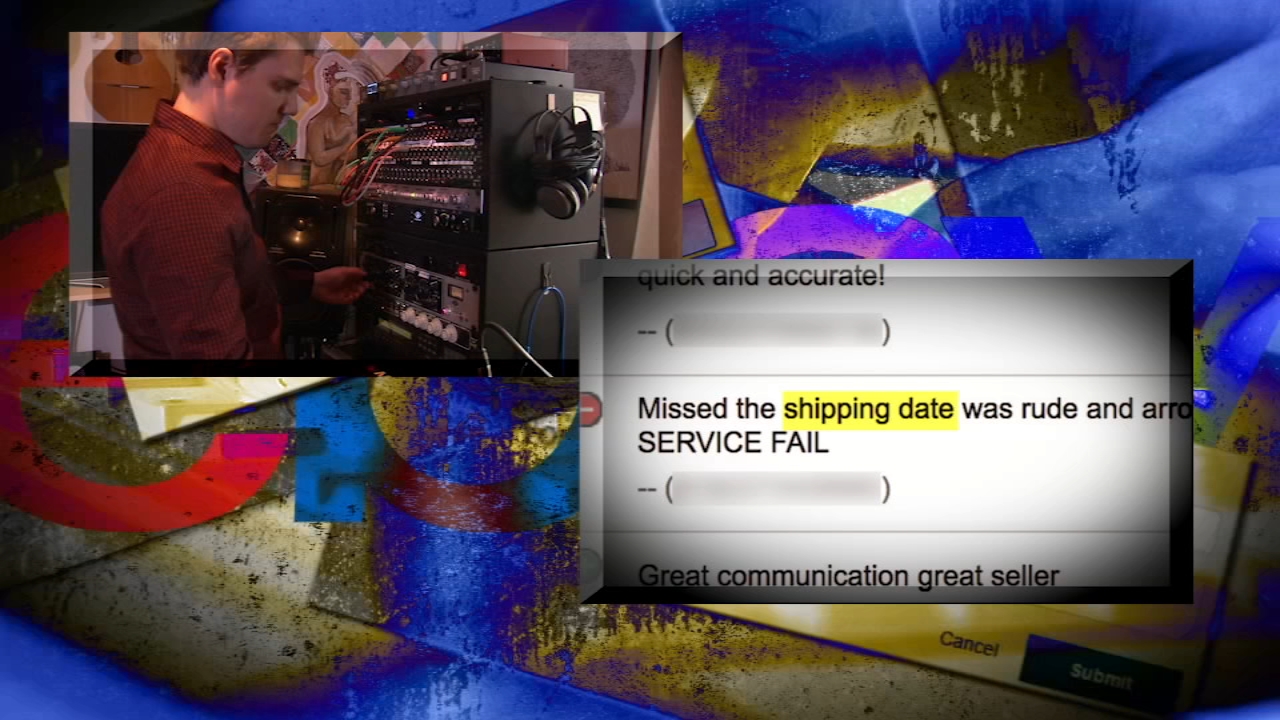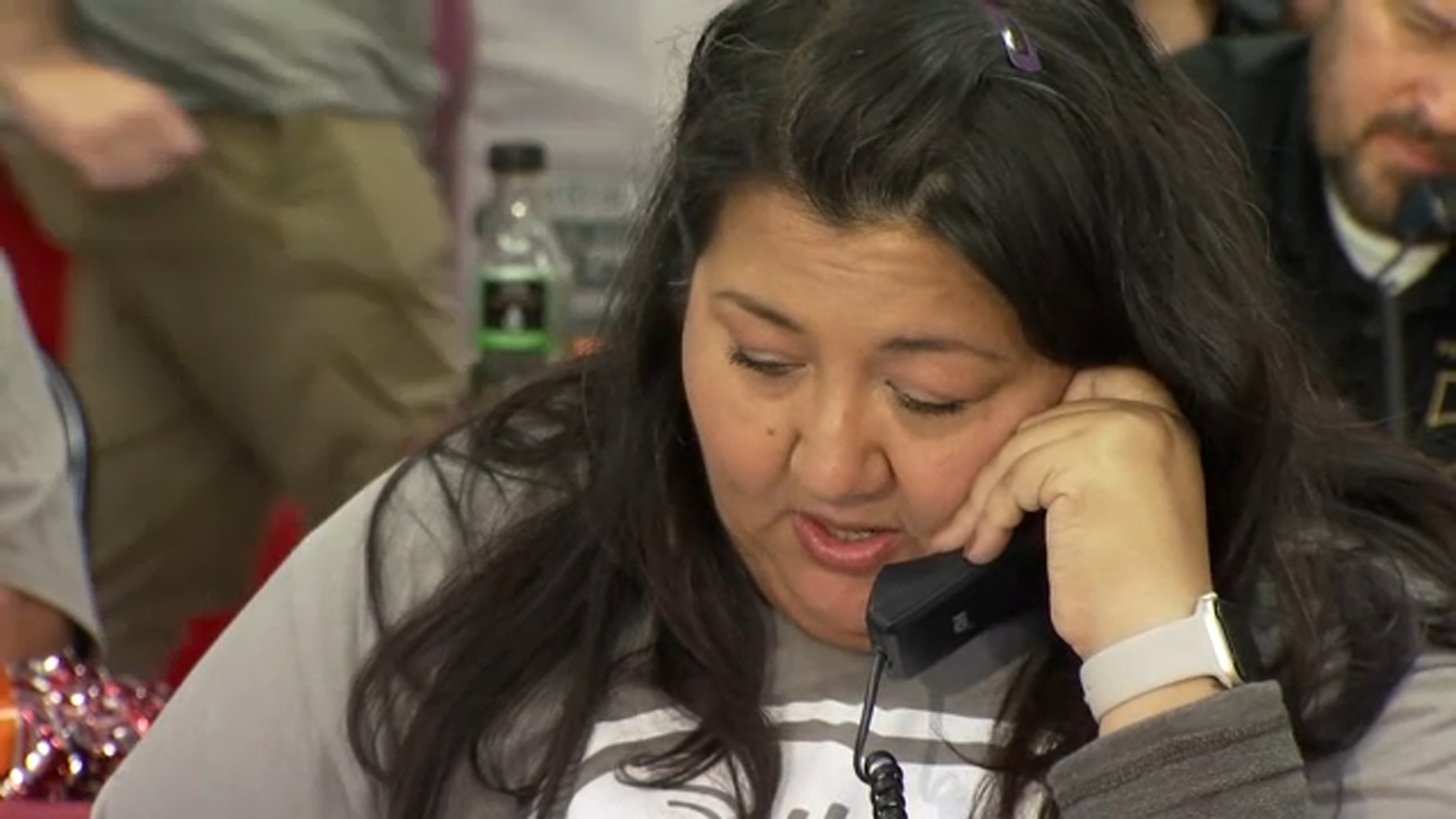Exclusive: Model crushed in Soho shed collapse describes brush with death, aftermath
NEW YORK CITY -- Trapped beneath a pile of steel and wood, a critically injured Katherine Lefavre could have died had it not been for those who quickly rushed to dig her out from under a collapsed sidewalk shed in Soho last November.
"I just saw wood and metal flying at me," she said. "That's all I remember, and then I woke up in an ambulance."
Lefavre was 34, newly married, and a model for a top agency. Her spine had been fractured in five places, and in a matter of seconds, her life changed forever.
Now, she is learning how to walk again and how to live with constant pain.
"I do have pain, more than I've experienced before in my life," she said.
Lefavre says she can't do anything for herself and is almost like an infant.
"I have to have help in and out of the house," she said. "I can't stand long enough to make my own food."
Related: DOB: Collapsed SoHo shed a result of cutting corners, could've been prevented
In her first interview since the collapse, Lefavre hopes that by providing a glimpse into her life-altering struggle, it will shake what she calls a complacent City Council and mayor into doing something about the growing number of sheds.
"It seems like you should never have to worry about those things collapsing on you," she said.
But with more than 7,000 sheds covering nearly 300 miles of busy city sidewalks, New Yorkers increasingly do worry. Just a few weeks ago, not far from where Lefavre was injured, another scaffolding collapsed. Amazingly, no one was walking nearby.
And last week, winds blew down a huge side walk shed, damaging cars at a Coney Island apartment building.
Related: Collapsed SoHo shed should have withstood 98 mph winds
"We as New Yorkers have the right to walk down the streets of New York and feel safe," Lefavre's attorney Susan Karten said.
Karten says it is unacceptable that many of these sheds are allowed to stay up for years with no one inspecting them.
"This presents a danger to the public," she said. "There should be a limitation. There should be a scheduled inspection to see if, in fact, this scaffold is even needed. If we don't need it, get it down."
In an earlier investigation, we found sidewalk sheds that had been up nearly a decade without repairs even taking place. There could be thousands like it, and with no requirement to bring the aging metal and plywood sheds down, Lefavre says more collapses seem inevitable.
"You never think that kind of thing is going to happen to you," she said. "It seems crazy."








